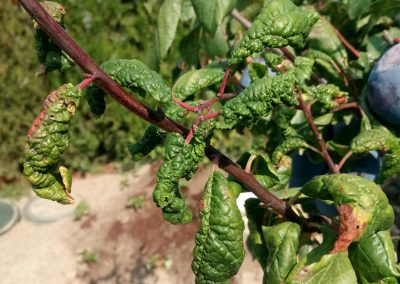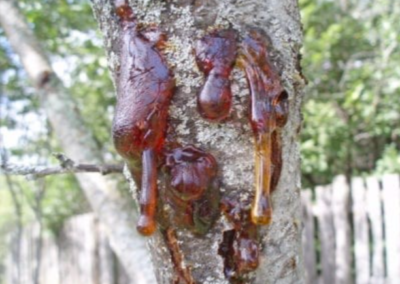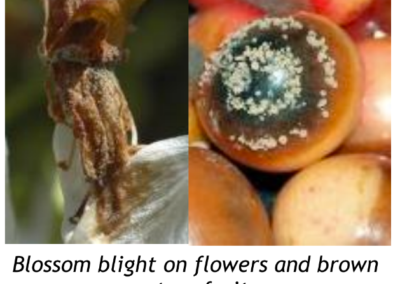Growing Apricots
If you are just getting started, check out our fruit trees 101 page for beginner tips and terminology.
Can I Grow Apricots in the Pacific Northwest?
The answer is ‘maybe’. Apricots are the one of the most difficult tree fruits to successfully grow in our climate as they are best suited to climates with consistently cold winters and short dry springs. A short period in winter with temperatures in the high 40’s or low 50’s (which happens most winters) can cause Apricots to break dormancy and come into bloom.
Data from the stone fruit trials at the WSU Mount Vernon Fruit Research Station shows Puget Gold Apricot in full bloom anywhere from March 16 to April 8 in the years 1999-2004. Once the tree has begun bloom, its blossoms are susceptible to frost damage. Even a light frost can cause some loss of fruit. Temperatures below 28°F can cause the loss of the whole crop.
Site Selection
Site selection is very important for growing Apricots. If you live in a valley bottom where cold air settles and frequent late frosts, this site will not be very successful. But, if you live on a slope with good air drainage, or very close to a large body of water (which can keep the air warmer), you may have a site where Apricots will thrive. The soil needs to be well drained, and if you have a site that gets winter shade (such as on the north side of tall trees) but summer sun, that is even better, as the winter shade will help keep your tree dormant even longer.
Putting a tarp over your apricot tree from bud swell on will help protect the blossoms from frost. You could also string small Christmas lights (not LED) along the branches that can be turned on during frosty spells to warm the air around the blossoms and prevent frost damage.
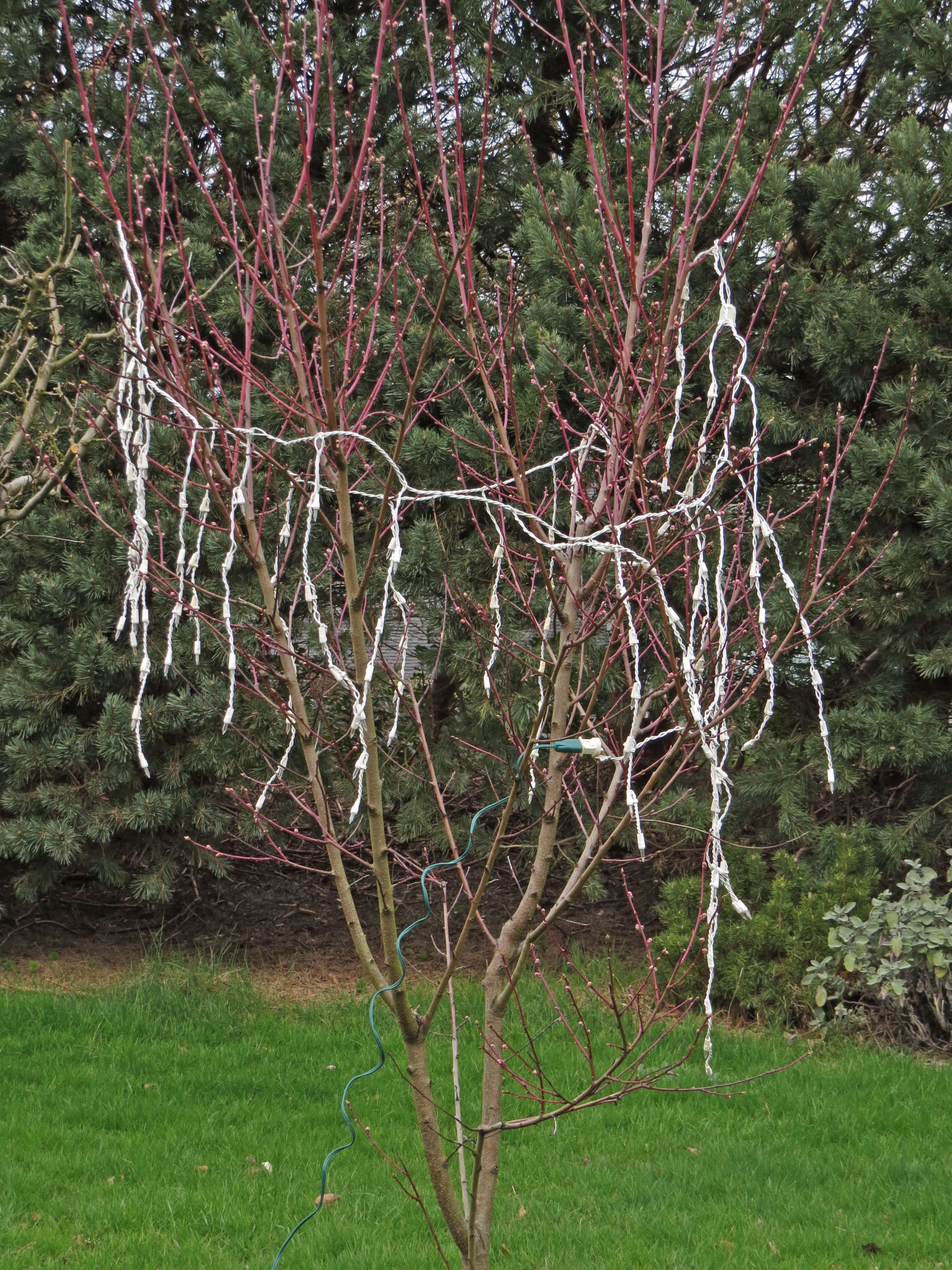
Pollination and Rootstocks
Apricots are self-fertile.
plum, peach, & apricot rootstocks
ST. JULIAN A (SEMI-DWARF) Precocious and productive and well anchored. Grows to 12’–15′. Space 10’–14′.
KRYMSK 86 (SEMI-DWARF) Slightly larger than St. Julian A. Well anchored and tolerant of heavy soil. Grows to 15′. Space 12’–15′.
Pruning and Training
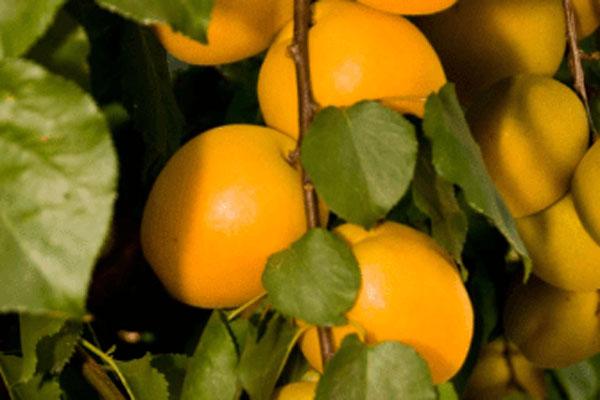
Bacterial Canker
This occurs when Pseudomonas syringae pv. Syringae bacterium infect plant tissues and multiply. The result is cankers that form in winter and spring on the branches that exude gum. Cankers that surround or “girdle” a branch can cause dieback. To prevent bacterial canker, plant resistant varieties and make sure to continue proper pruning, watering, and fertilizing: a healthy tree is less susceptible to infection. If you see cankers, remove branches back below the canker and dispose. Copper sprays used to be recommended but has since been proven ineffective.
Blossom Blight/Brown Rot
This fungal disease can cause blossoms to drop, buds to die, and the fruit to rot before ripening. Infected flowers will turn light brown and may have patches of buff-colored spores; infected twigs and branches may also have spores. Infected fruit will begin to have dark spots that enlarge and include the same spores. Infected twigs, branches, and fruit on the tree or ground should be removed and disposed of. Copper sprays while dormant and at bloom can help prevent the disease from infecting the blossoms. Never apply sulfur to apricots. Sulfur can distort leaves and spot the fruit.
Year in Review
Winter
- Apply dormant sprays for pests and disease if needed.
Spring
- Prune during 48-hour period of dry weather
- Apply copper spray at bloom for blossom blight/brown rot if needed.
Summer
- Weed, water, and monitor for pest and disease.
- Harvest! Pick when the fruit turns gold-orange, has a sweet smell, and is firm but not hard.

